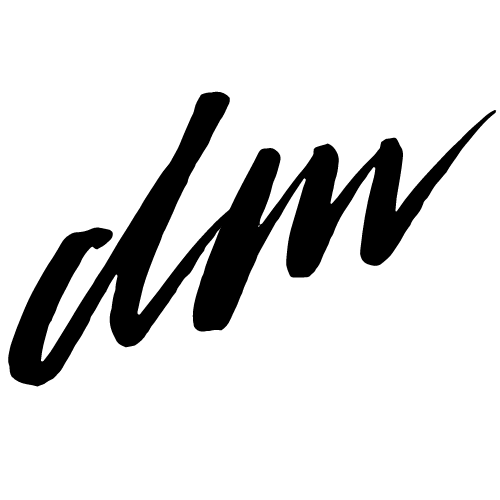
Principle 13. Acknowledge participation.
I have developed a set of 21 principles to guide the design and evaluation of websites for crowdsourcing cultural heritage (CCH). The principles focus on supporting volunteer participation and quality contribution, and supplement generic principles for website usability.
The design principles are ranked from the most to least influential on participation and/or contribution quality. Rankings are based on the results of a questionnaire completed by 251 prospective, former and current CCH volunteers.
DOWNLOAD PDF or click on the principles below for explanations, examples, and benefits of compliance.
- Provide clear, concise, and sufficient task instruction
- Show how project output is freely accessible to the public
- Keep content current
- Minimize the effort to contribute
- Prioritize key information
- Minimize user error
- Enable users to review contributions
- Clearly identify tasks
- Present reasons to contribute
- Provide task options
- Simplify the task
- Design is attractive to users
- Acknowledge participation
- Encourage users to engage with the collection
- Display project progress
- Convey a sense of community
- Convey the credibility of the project
- Support community interaction
- Publicly recognize contributions
- Support content sharing
- Convey a sense of fun
Principles development
Research methods used to develop the design principles include literature review, inspections of a purposive sample of twenty websites for CCH, the online questionnaire, and review by seven CCH practitioners.
These principles draw and build on studies on highly interactive websites (Petrie & Power, 2012), online community design (Kraut & Resnick, 2012; Preece & Shneiderman, 2009), crowdsourcing (Howe, 2009), citizen science (Jennett & Cox, 2014), and crowdsourcing cultural heritage (Hansen et al., 2013; Holley, 2009, 2010; Lascarides, 2012; Liew, 2015; McKinley, 2012, 2013; Romeo & Blaser, 2011). See the bibliography for full publication details.
